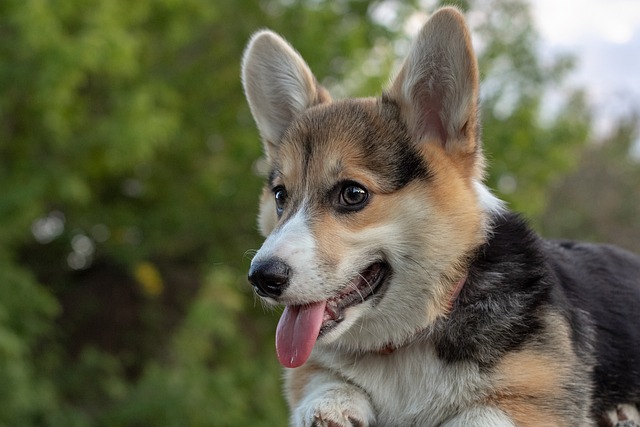
How often should you put paw balm on dogs
You’ve just bought your first tin of paw balm for your Labrador, Bailey, after noticing his pads were looking a bit rough after hikes in the Rocky Mountains.
That tiny set of needle-sharp teeth sinking into your hand during playtime is a universal rite of passage for new puppy parents. While frustrating, this mouthing is completely normal developmental behavior – your pup explores the world through their mouth and learns bite pressure through interactions with littermates.
Understanding why they bite is step one: teething discomfort peaks around 3-6 months, play drives them to grab moving objects (like your fingers!), and they simply haven’t learned human skin sensitivity yet. The key isn't punishment, but teaching gentle "mouth manners" using methods endorsed by American veterinary behaviorists and trainers.
Start managing the environment. Keep tempting items like loose socks or dangling cords out of reach. When play gets too rough, immediately (and calmly) say "OUCH!" in a high-pitched yelp, mimicking how another puppy would react. Then, withdraw all attention for 30-60 seconds – stand up, turn away, arms folded. This teaches that biting makes the fun stop.
Crucial point: Never hit, yell, or hold their mouth shut. These outdated tactics damage trust and increase fear, potentially worsening aggression later, violating modern animal welfare principles common across US states and Europe. Instead, always redirect onto an appropriate chew toy like a frozen Kong or rubber teething ring the moment their mouth opens towards skin. Praise lavishly when they chomp the toy!

Remember those legal basics too. While tackling biting, ensure your pup is up-to-date on their core vaccinations (like rabies, distemper, and parvo – legally required for licensing in most US counties) before exposing them to public spaces or puppy classes for socialization. Always carry biodegradable waste bags; promptly cleaning up after your dog during potty breaks or training walks in shared apartment courtyards or parks isn't just neighborly, it’s often mandated by local ordinances and reflects responsible ownership.
Consistency is non-negotiable. Everyone in the household must use the same "ouch and ignore" technique. If you live in an apartment, manage noise during training yelps to avoid neighbor complaints. Incorporate short, positive training sessions (5 minutes, several times daily) focusing on "leave it" and "drop it" commands using treats. This builds impulse control crucial for bite inhibition. For intense teething, offer frozen washcloths or vet-approved cooling chews to soothe sore gums naturally.
If biting escalates despite weeks of consistent effort, consult a certified professional dog trainer (CPDT-KA) or veterinary behaviorist – early intervention using force-free methods aligns with both effective training and US/UK animal welfare standards. Patience and positive reinforcement will guide your furry land shark towards gentle companionship.

You’ve just bought your first tin of paw balm for your Labrador, Bailey, after noticing his pads were looking a bit rough after hikes in the Rocky Mountains.

After a dog has a tooth pulled, their mouth needs time to start healing—and that includes knowing when it’s safe to let them eat again.

There’s nothing quite like the feeling of your dog bounding towards you, tail wagging furiously, after a long day. But as a new dog owner, you might sometimes wonder

Imagine you’re in your Austin, Texas backyard on a 95°F summer afternoon—your 2-year-old Golden Retriever, Duke, paces around his wooden dog house

Dental surgery leaves dogs feeling groggy, their bodies still processing anesthesia and their mouths tender from the procedure.

Imagine you’re in your New York City apartment, watching your 8-month-old French Bulldog, Louie, scratch his belly until his skin turns pink—he’s been doing this for a week